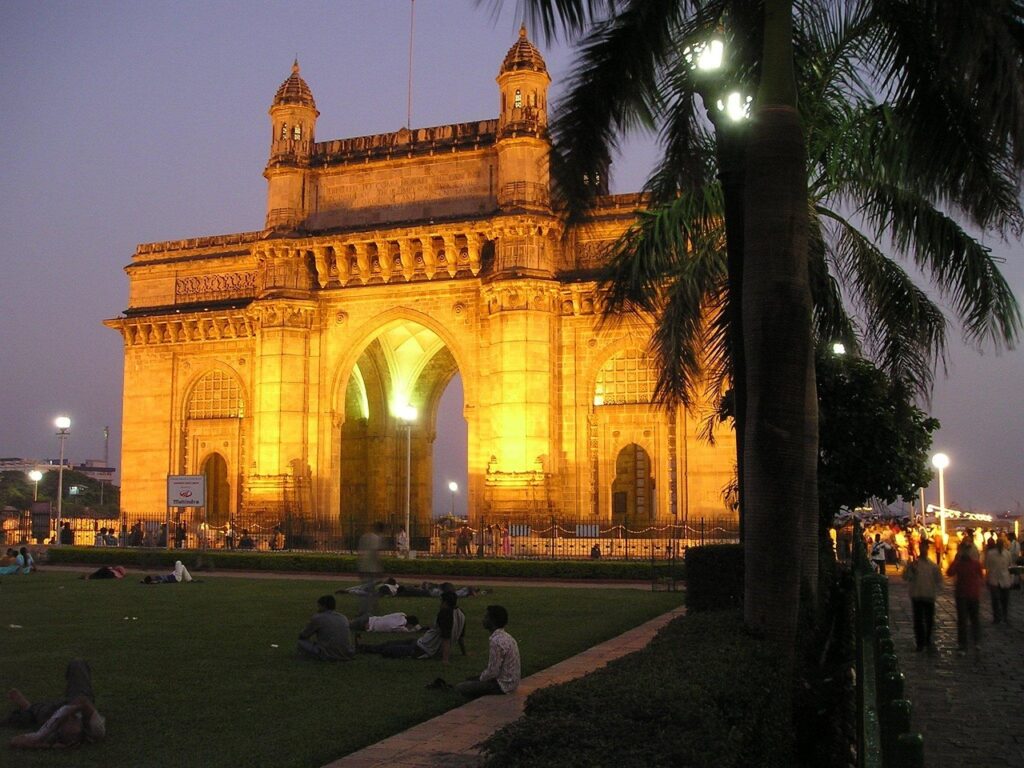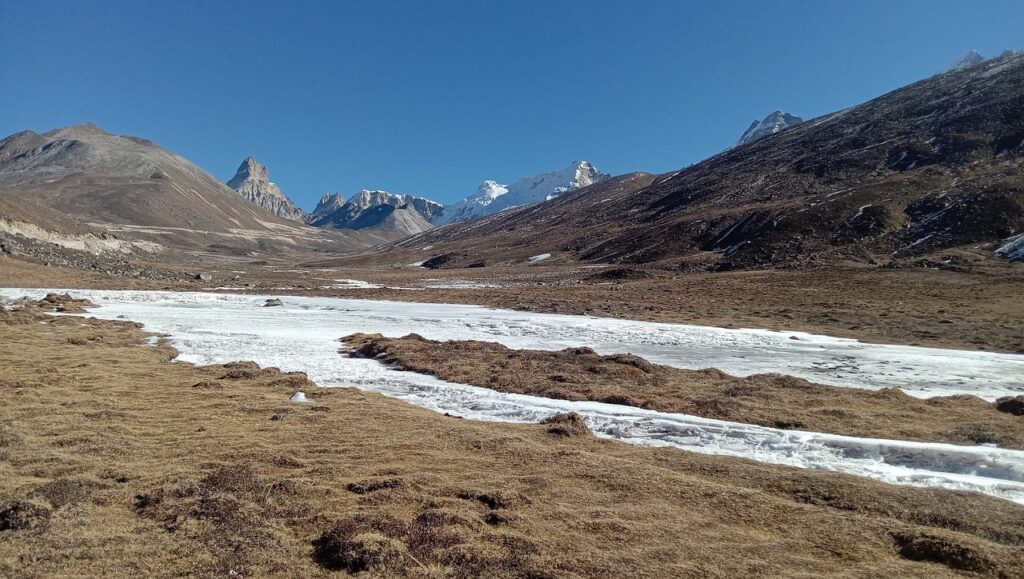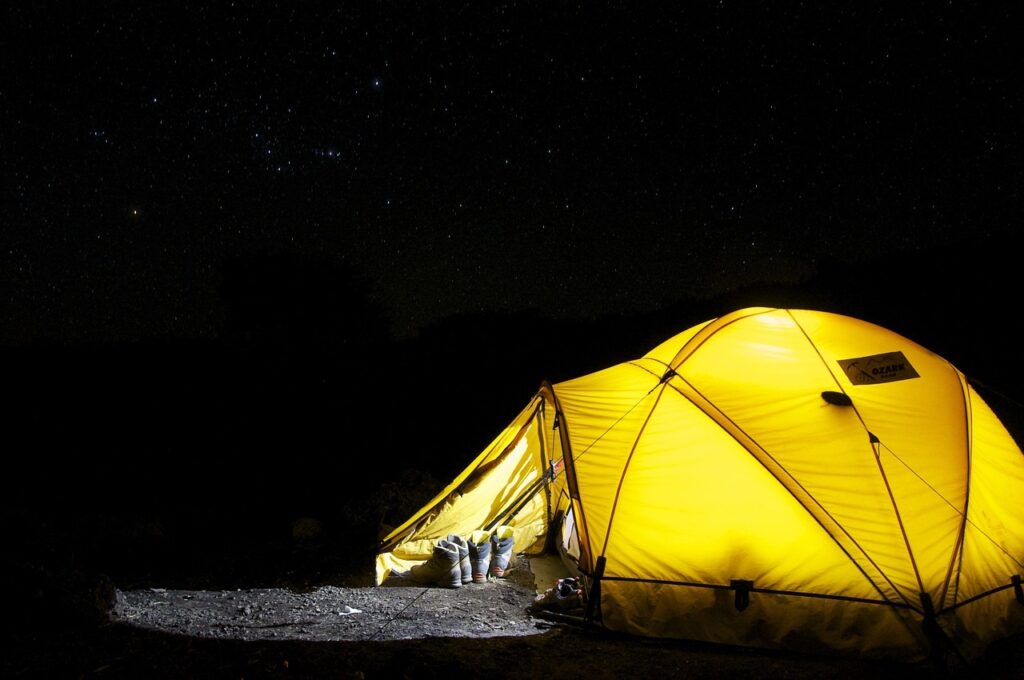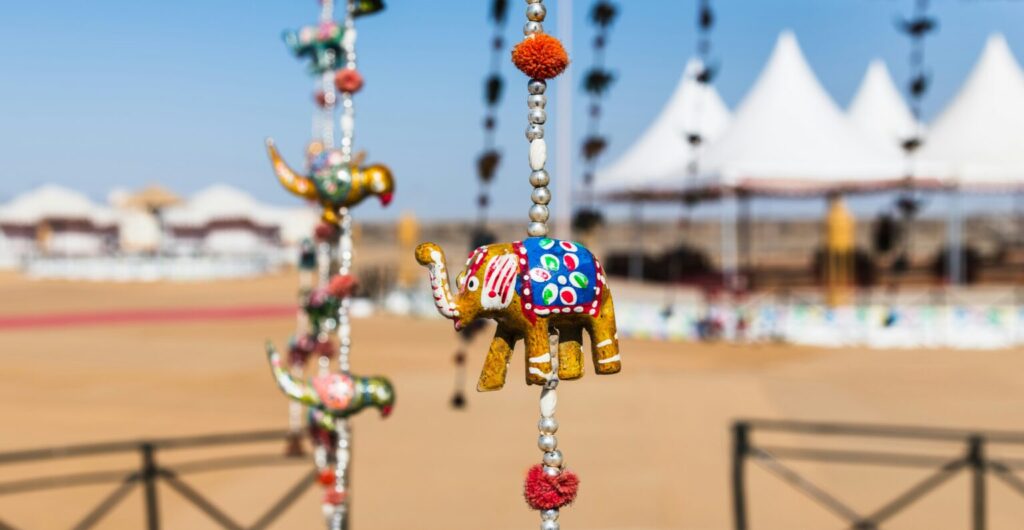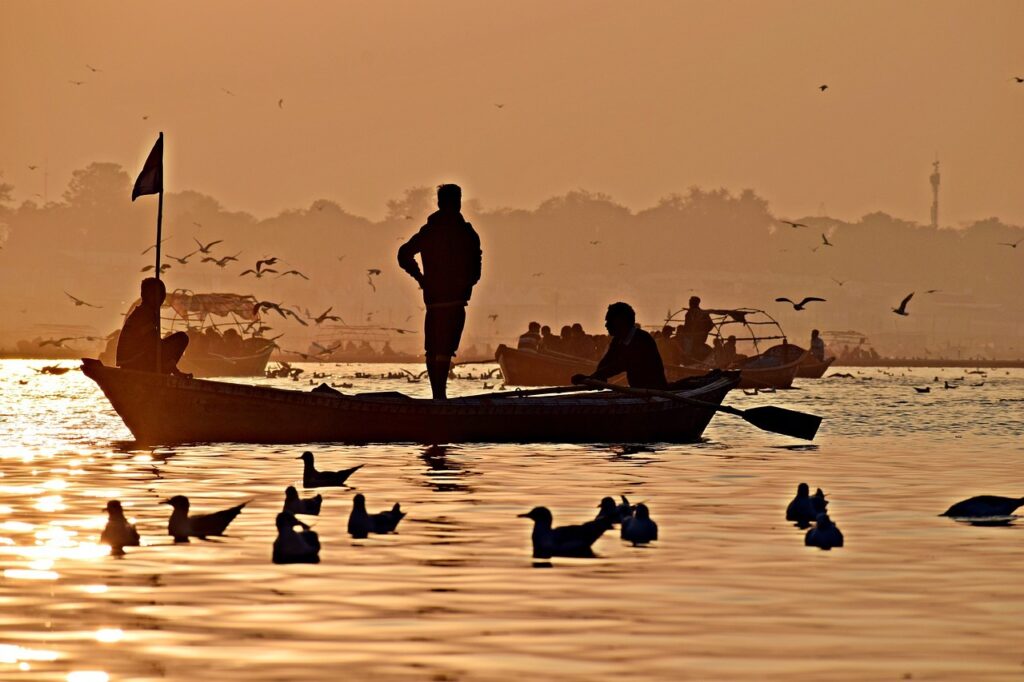Travel with Friends to Patan
“DOING WHAT YOU LIKE IS FREEDOM, LIKING WHAT YOU DO IS HAPPINESS.” – Sudha Murty
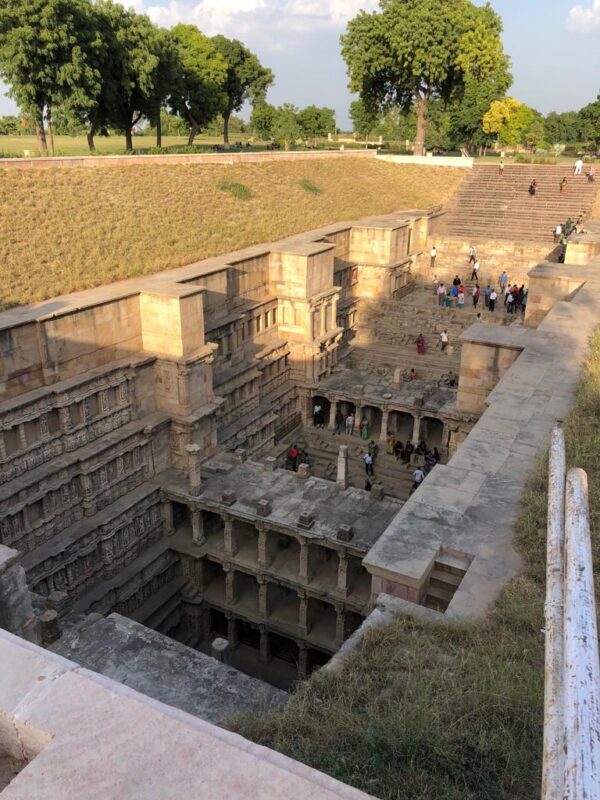
Friends are a treasure, they are an integral part of everyone’s life & as you grow older, they become your best buddies. This is one connection that lasts forever, as it thrives on one emotion: “No Expectations.”
Sharing all the madness, joys, and sorrows, ranting about all the things possible, threatening to leave but always staying, this relationship is Friendship.
Connecting with mine was when our daughters were giving us a tough time through studies and adolescence. We jelled well and today are best buddies, and eventually are travel buddies too.
The trip to Patan on our list was mainly for two reasons. THE VAV Rani Ki vav and “ The Patan Patola”. A 140 km Journey from Ahmedabad to Patan is 140km by road and is home to the world’s famous VAV & Patola sari.
Sitting on the topmost step of the VAV, peering down to see the last level, I imagine women clad in Colorful Ghagras and anklets ascending down the steps, the only time they must have gotten in those days, fetching water. As they climb back with the earthen pots, I understand the labyrinth task, but the smiles, laughter, and chatter tell me all.
Salute to Queen Udyanmati

The VAV built by Queen Udayamati in memory of her King Bhimdev I of the Solanki dynasty is the only structure recognized as made by a Queen.
The VAV dates back to the 12th Century. A thoughtfully made water management structure and system to overcome the scarcity of water.
It is deep underground and connected to freshwater streams to keep the water available throughout. An exceptional water management system of seven levels located on the banks of the river Saraswati is an exquisite example of unique craftsmanship. Rani-Ki-Vav is now a UNESCO World Heritage Site.
Gujarat is famous for its Vav, these structures, intricately made, are the Marvels of India. Recently, the Rani-Ki-Vav was covered with Silt for many years due to floods, only 2 of its edges being visible until lately.
Now, under the Archaeological Department of India, the site is maintained with beautiful gardens and is open to tourists.
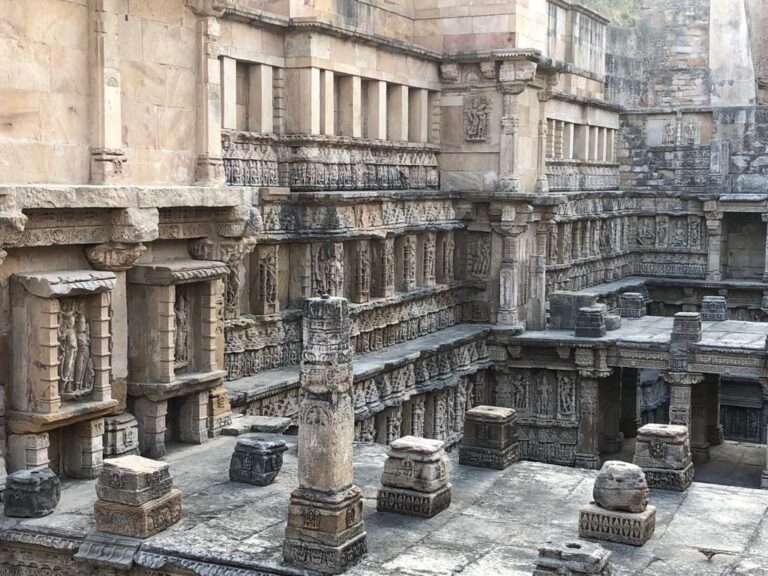
The super-intelligent ancestors
The Grandeur of the monument and the expertise of the craftsman, the thought process & knowledge of Math, Geography, Symmetry and water management, the capacity to build huge structures, a system to get the raw material to the site, the patience to carve these structures speaks Volumes & keeps one wondering about the resource of Knowledge and schooling of the ancestors.
The VAv is 27mts. Deep and 12m wide with multiple steps to go down. The sides are supported with pillars intricately carved with idols of Vishnu in his various Avatars, Apsaras, Nagkanyas, and tales from the mythology.
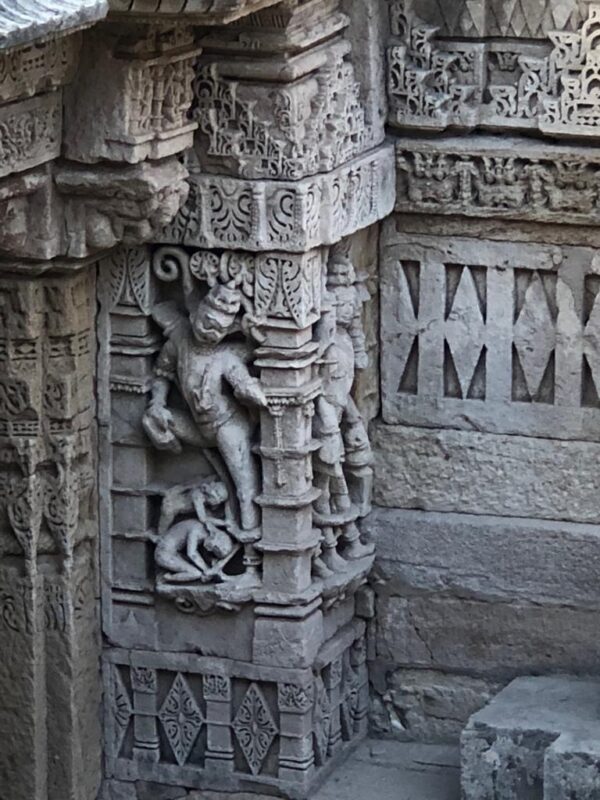
Date with Patola
Reeling still in the VAV, it was time to move to the next love of OURS the Patola sari.
As we enter the museum of this closely-knit art, an old man at the loom demonstrates the weaving process, narrating the stories revolving around the Patola.
It is believed that the king of Jalna was very fond of and used a new piece of patola fabric every day. Most of his bed linen, too, on that day, was Patola. King of Patan, when he found out about the beautiful fabric, also wanted one every day while offering puja.
But as the fabric takes days to be made, as every silk strand is dyed separately with vegetable colors lasting for 300 years, the fabric takes time to be woven.
So the king of Patan relocated some 700 weavers of the Salvi community from Karnataka & Maharashtra in the 12th century to P Gujrat. The rosewood sword-shaped stick called the ‘Vi’, which is used for adjusting the yarns, is where the Salvis get their name from.
Patola the Heritage
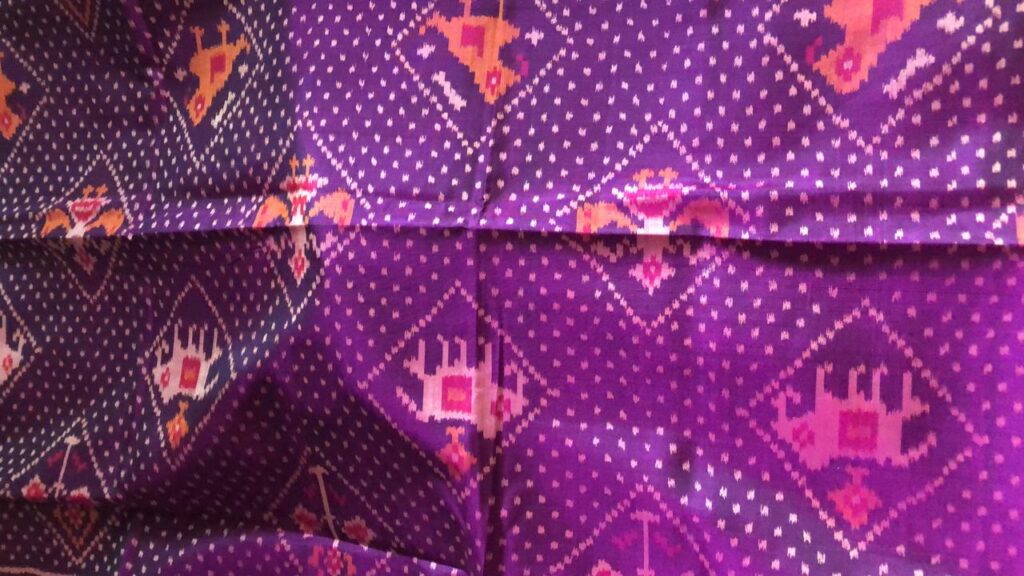
Patola, usually made from silk, is a double Ikat woven sari, made in Patan, Gujarat, India. The word Patola means double & single is known as the Patolu. The art of weaving is a highly guarded secret with a handful of families & only sons being eligible to learn the art.
The fabric made from silk threads dyed in Natural colors is woven by two people together, and it takes around 4 to 6 months, depending on the intricacy of the design. On a tilted loom, threads are wrapped on the warp and weft to form intricate geometrical patterns on both sides of the fabric. Once a fabric of the royals was also a part of “Stridhan” of the women of Gujarat and was passed on from one generation to the other as a heritage. As we explore & see the collection, we understand the laborious process & the high pricing. Geeta’s trying multiple color dupattas forced me to buy one.
I found the price exorbitant & did not. Later, as we went back to our hotel, seeing the beautiful dupatta which she said she would be passing as a heritage, and wondered about the future of the dying art. In a rush and with a feeling of missing out, we made the second round & today I host this beautiful Patan Patola dupatta in my wardrobe.
Today’s Patan is a modern town but still keeps its integrity with the heritage & hosts many historical monuments. The city can be visited on a day trip from Ahmedabad. Satiated with our visit to the Vav and the purchase of patola, we bid goodbye to yet another historical town with its grandiose structure & beauty.
DIY—Do it yourself,f the best way to learn.
Almost close to an answer of the learning resources and with a salute to the knowledge possessed I conclude that all learning was hands-on /Practical of the ERA bygone, which created History & stands tall to all the tests of time.
Self-evolvement & friendship
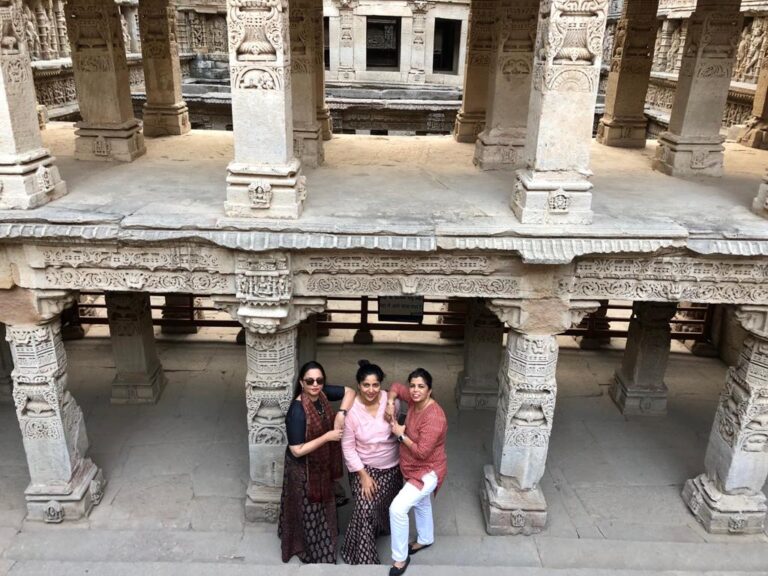
A promise to ourselves to keep our friendship beyond expectations & to stand by each other in every thick & thin, as I write this the Bond has become much stronger and I am sure like the Patola vegetable dyes it will sustain for years to come.
Keep reading—do share your inputs. Connect with me on Facebook, Instagram and Twitter @JOWTbyVarsha Mahore
Did you enjoy reading this blog? Read my other blog;
http://localhost/justonewayticket/modhera-gujrat-visiting-the-ruins-of-the-sun-temple/
Ready for a hassle-free trip? Connect with me — I’ll plan it all for you!





